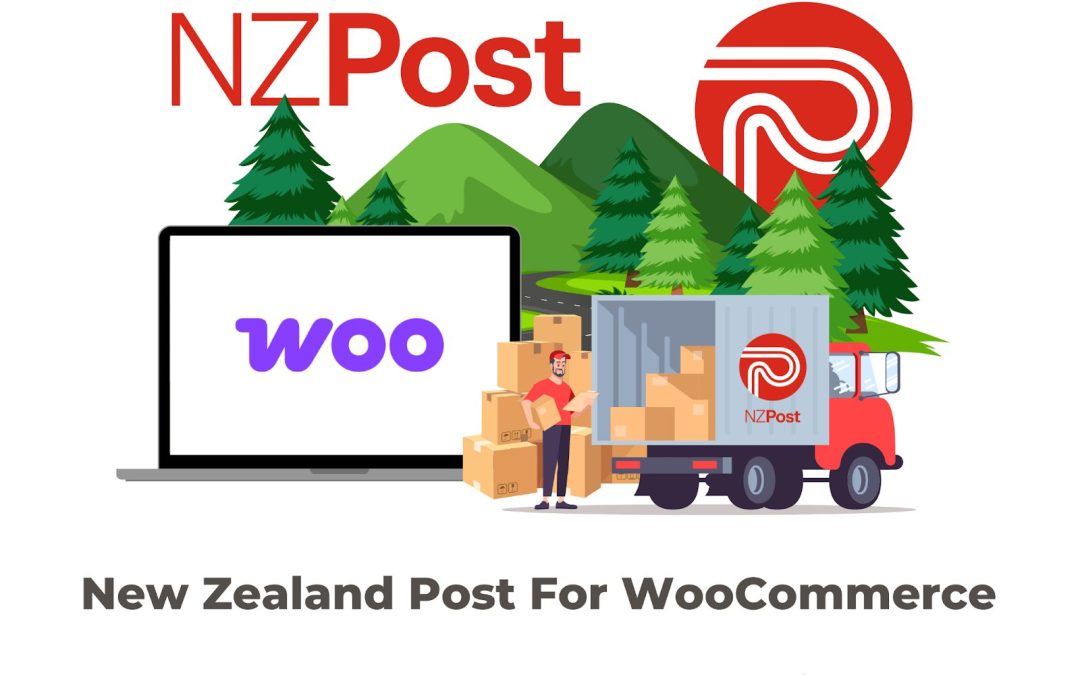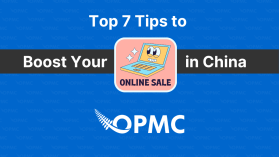Over the past few years, leveraging social media platforms to expand your online business has become an incredibly significant part of any ecommerce brand. This has only accelerated with the rise of social ecommerce. Now you can integrate quick shopping efforts on platforms like Instagram, TikTok, Pinterest, Facebook, and more.
Social commerce has already been proven to highly benefit any online business, from dropshipping to a Clicks to Bricks store on Main Street, USA. It offers you numerous advantages to the company you are running as well as the customers you hope to distract.
Let’s dive into how this new innovative method of expanding your shopping features can improve your sales, conversion rate, and overall success in the online marketplace.
What is Social Commerce?
Social commerce is the idea that you leverage social media platforms to facilitate online shopping. Instead of using a link on your profile or behind an image you share, shoppers can directly purchase from Instagram and Pinterest as if those were your storefronts.
This type of shopping eliminates the need for customers to leave the social media platform in order to make a purchase from your brand. This makes the entire customer experience with your online store way more seamless and convenient.
Isn’t this Social Media Advertising?
While social commerce and social media advertising certainly have a lot in common, they are not the same thing. Social media advertising is creating engaging ads that are shown to an audience you are targeting and typically no one else.
Social commerce, on the other hand, enables customers and visitors from all backgrounds to land on your profiles and purchase your products directly through the social media platform. There is no advertising unless you want it.
How Does Social Commerce Benefit My Business?
Besides the obvious expansion of your potential sales figures, social commerce allows you to experience many different types of benefits. Some of the most significant include:
- Creating Trust & Loyalty: With social commerce, you feature your products on platforms customers already trust. Facebook and Instagram have massive user bases that are comfortable with the interface and more willing to test out your products.
- Greater Conversion Rates: Whenever you make the purchase process more accessible and convenient, you improve your conversion rates. Customers are more likely to complete a purchase when it is right in front of them.
- Grants More Customer Insight: You are meeting your customers where they work and play the most – social media. You’ll be able to see shopping habits, preferences, and demographics as well as test out A/B products all the time.
- Expands Your Brand’s Visibility: Customers love to interact with your brand in a space where they are used to comments, discussions, and messages. Leverage that to build brand awareness across new platforms.
- Lowers Purchasing Barriers: Social commerce eliminates the need for customers to leave the social media platform when making a purchase. That means fewer barriers and clicks to actually purchasing your products.
What Social Commerce Platform is Right for My Business?
There are all kinds of unique and engaging social media platforms you can leverage for social commerce. The right one will depend on where your target audience tends to spend the most time.
For example, if you are a hip, trendy online boutique, you may want to go with Instagram. If you are a professional business that has more written content, you probably want Facebook. If your target audience is women, especially moms, you probably want Pinterest.
It all comes down to the visual, written, and descriptive content you want to leverage for consumers to purchase from your expanded storefront. Take the time to test out a few of the platforms, and you’ll see pretty quickly where you get the best results.
Top Tips for Social Commerce Success
1 – Adopt a Unified Brand Identity
Your brand needs to remain consistent across all multi-channel customer-facing platforms. Everything should offer the same feel and functionality as your primary online storefront. That way, consumers feel safe and comforted by your brand identity, and they can recognize you in a crowded marketplace.
2 – Don’t Be Afraid to Engage
Social media is a great place to learn more about your customers. Be sure to respond to comments, leverage user-generated content, drive messaging, and anything else that creates a community around your expanded brand location.
3 – Craft a Long-Term Plan
Social commerce success is not built with a single effort. You need a long-term strategy that considers your business’s goals, target audience, and KPIs (key performance indicators). This will help you remain aligned with your overall goals and track how well you are progressing.
4 – Remain Flexible to Social Media Trends
Like most online communities, social media platforms are constantly evolving. This means you need to adapt your strategy accordingly to stay ahead of the competition and remain relevant to your target audience.
5 – Have a Solid Payment Gateway
Now that you are creating a more straightforward purchase process, be sure it is supported by a sold payment gateway. This could be PayPal, Stripe, Apple Pay, or other WooCommerce-based systems that integrate well with your social commerce platform of choice.
6 – Emphasize Customer Service
Social commerce is all about customer engagement. If you want to elevate your sales based on these interactions, you need quality automated customer service. We have a plugin for WooCommerce storefronts that boosts Customer Support, so when a lead moves from Facebook, Instagram, Pinterest, or more over to your store, you are ready.
7 – Share Your Story
Social media platforms with social commerce support offer an excellent vehicle for sharing your brand’s story. You will be able to connect with your customers on a much deeper level, sharing behind-the-scenes content and highlights that build a personal connection with your target audience.
Wrapping it Up
Social commerce is a critical addition to any online business strategy. It offers numerous benefits that can help you drive future conversions and increase potential revenue streams. With only a little bit of effort, you could revolutionize how your customers find and purchase from your brand.
At OPMC, we provide many automation plugins for WooCommerce that will help when those customers do bridge the gap from social media to your primary storefront. With only a quick purchase, you can significantly enhance how and where you drive future sales!
Visit our store today!
Get a powerful boost to your security, customer support, inventory management, and more…








